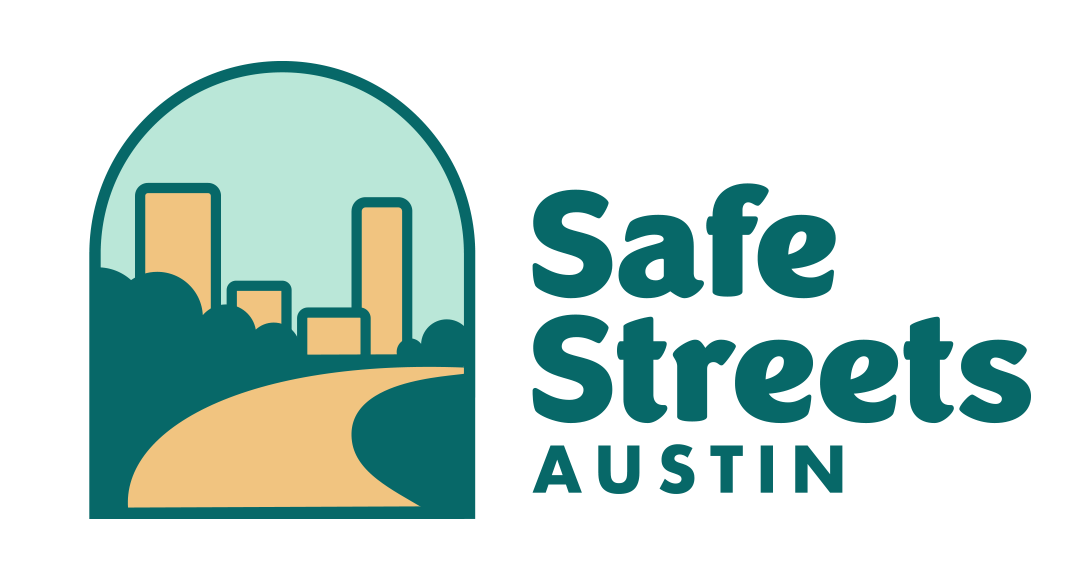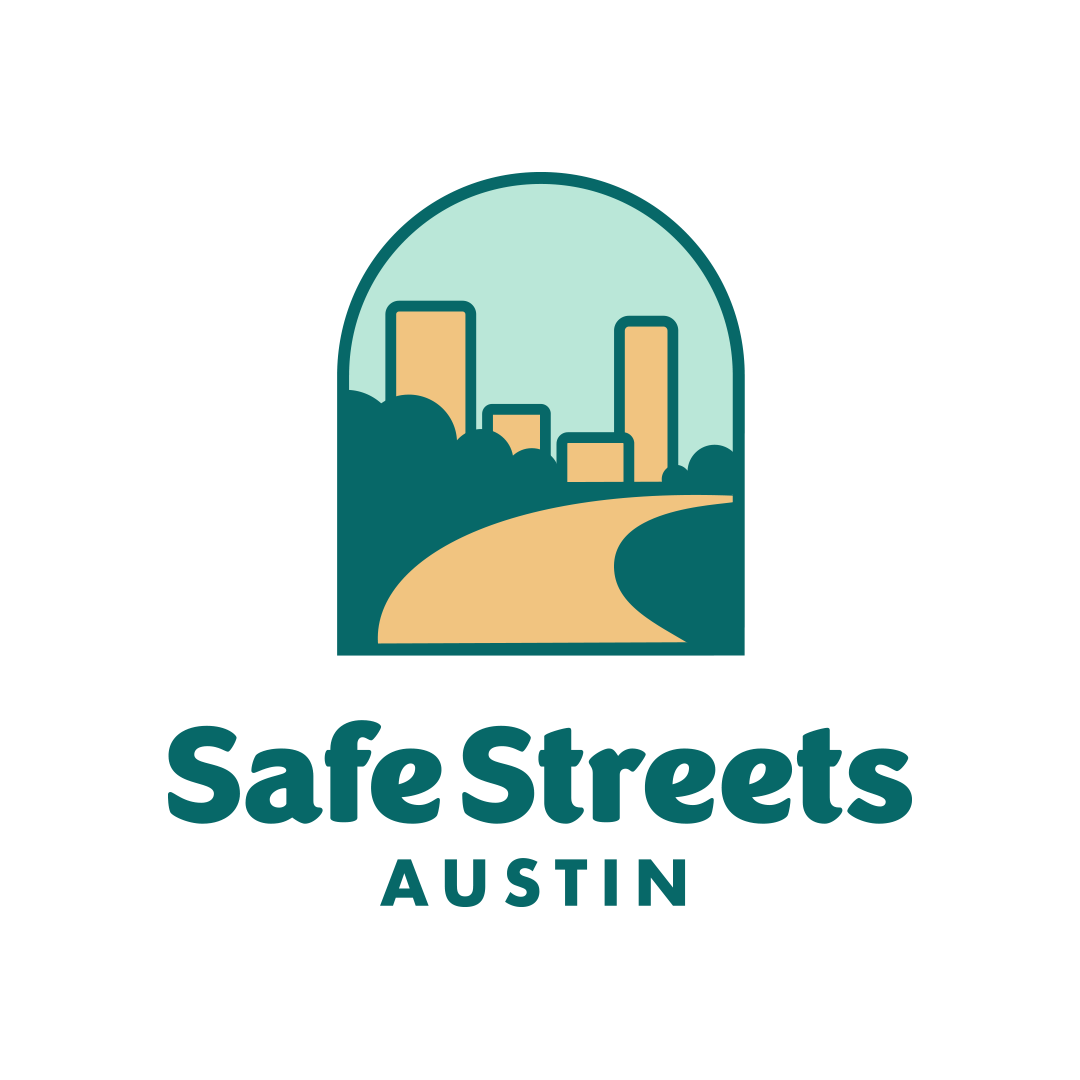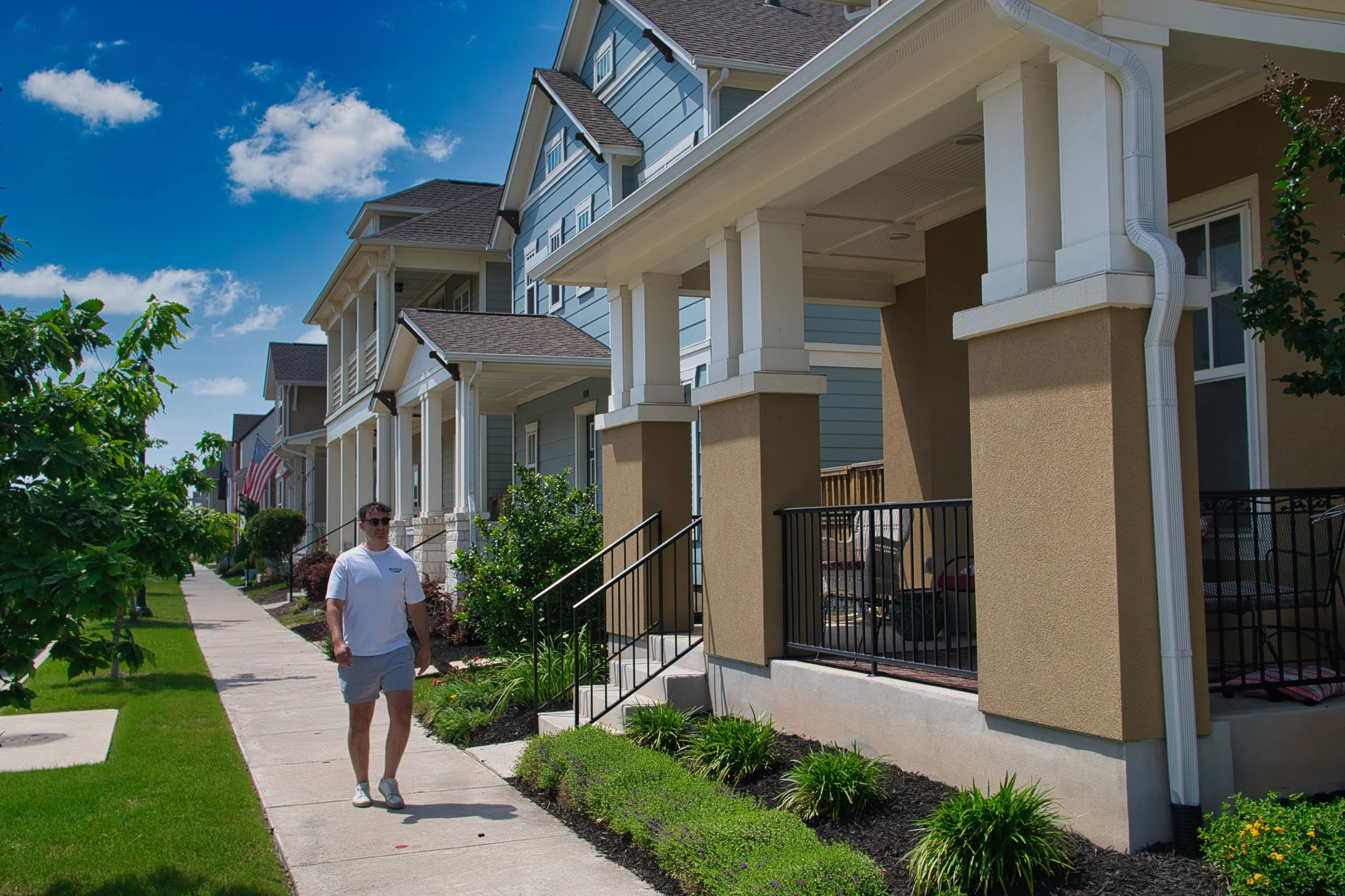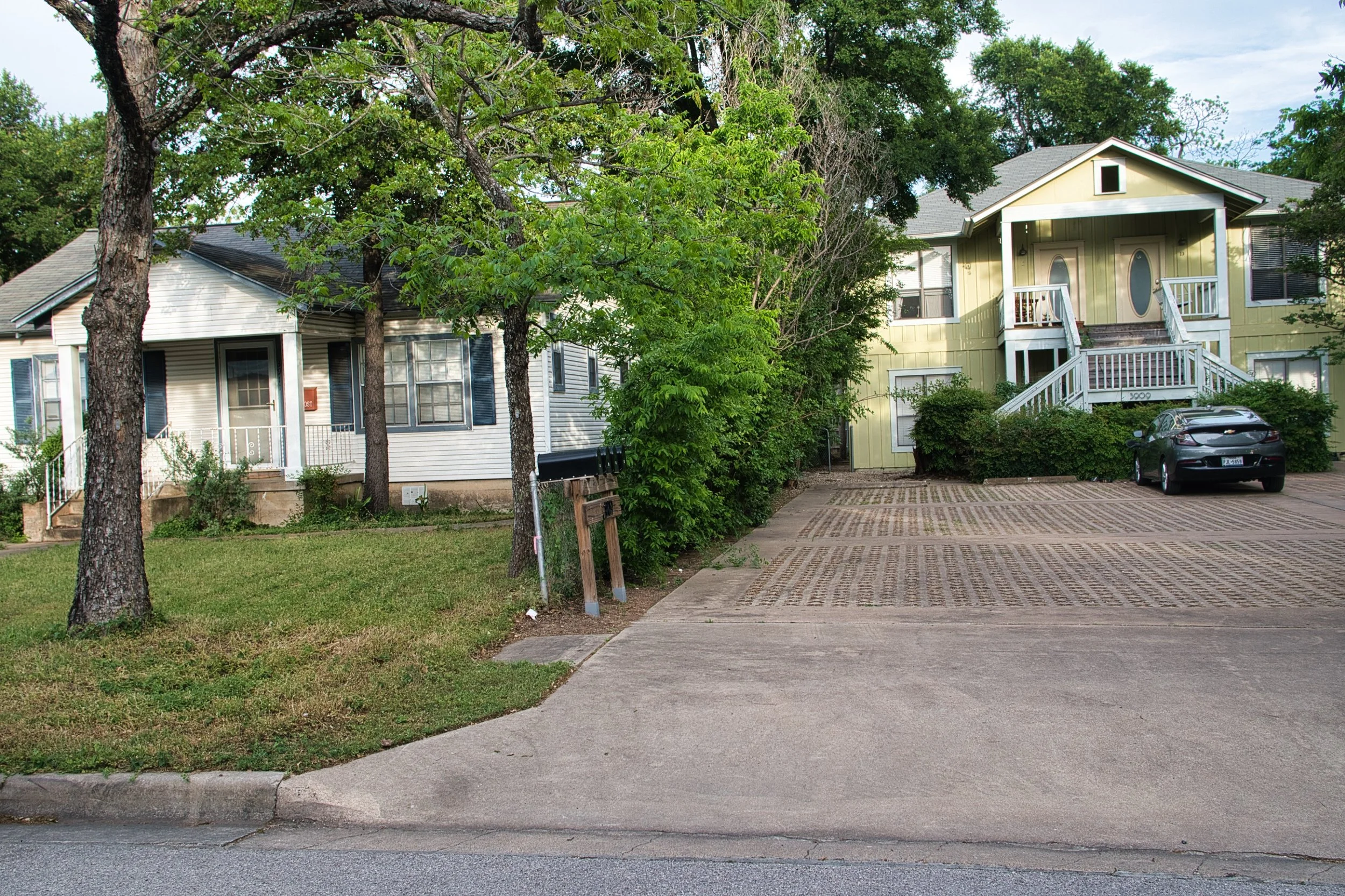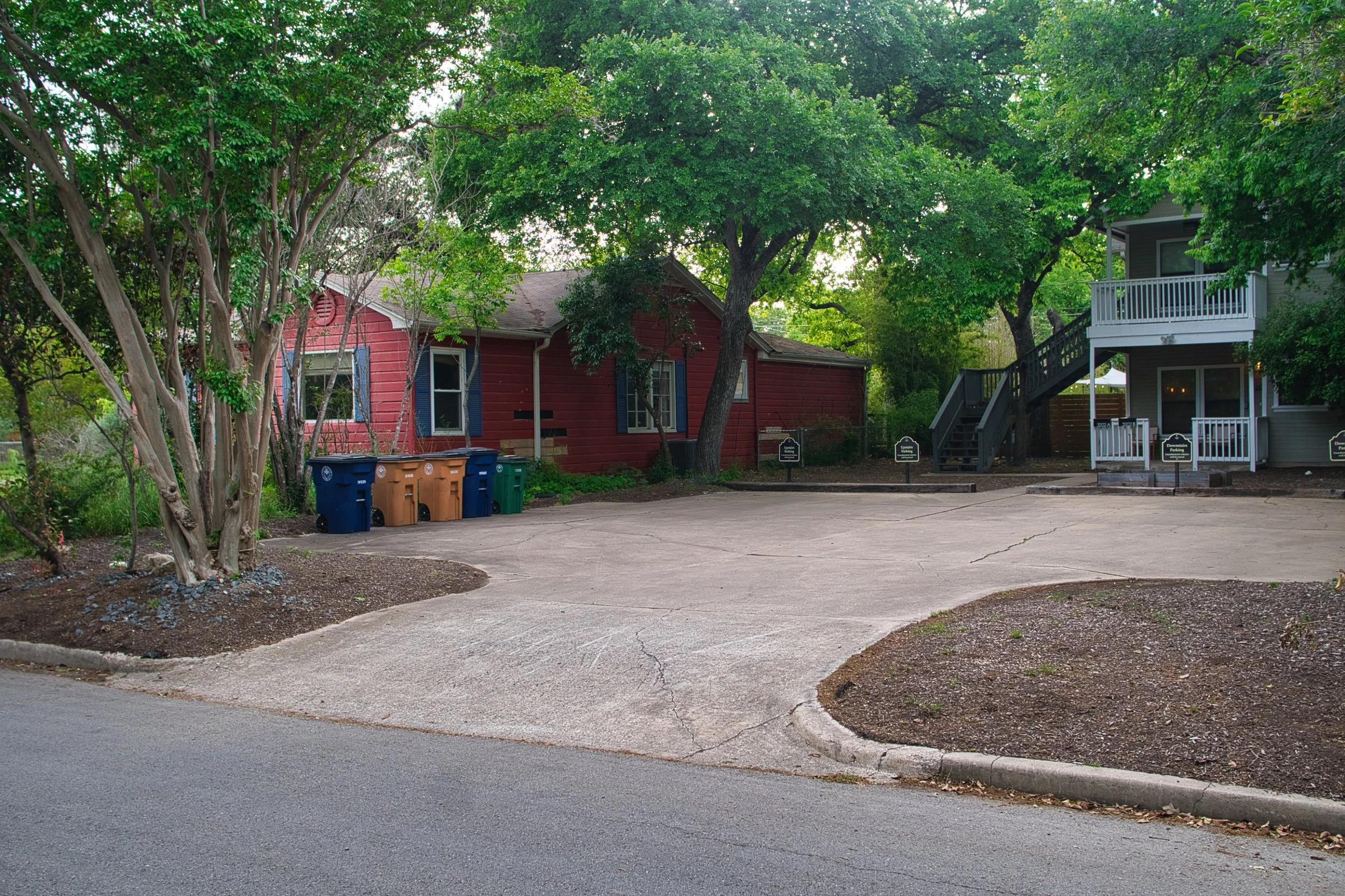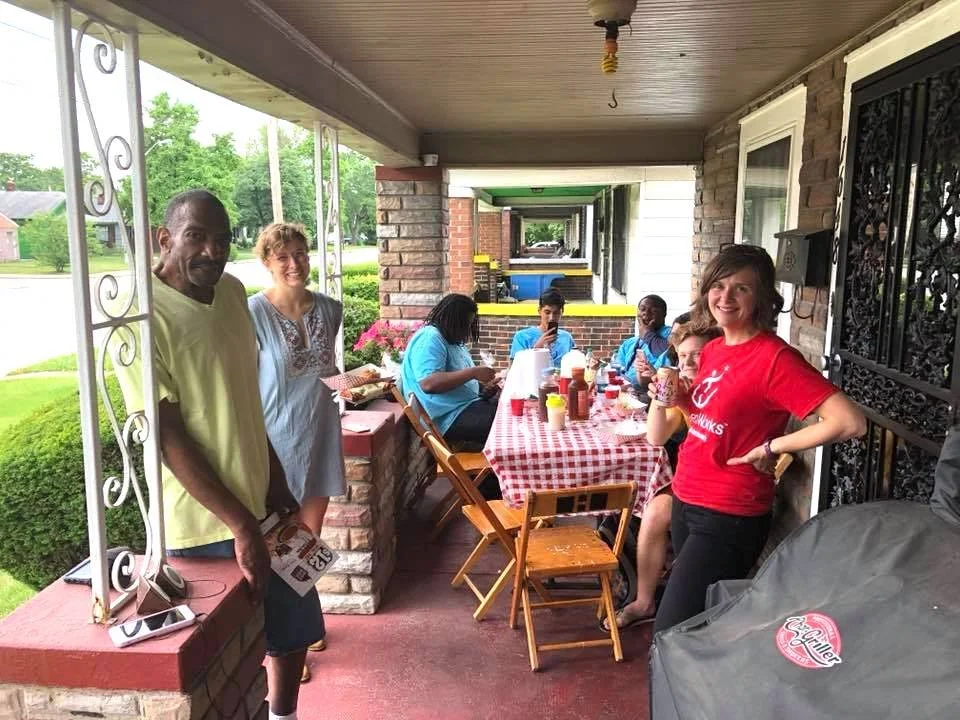Frequently Asked Questions
Won’t residents be upset if their immediate neighbors’ homes are much closer to the street than theirs?
Why do you propose 10’ front setbacks, or 5’ with a porch, while City of Austin staff propose 15’ and 25’ setbacks in HOME phase 2?
Won’t smaller front setbacks be bad for trees and for shading sidewalks?
Won’t smaller front setbacks encourage developers to demolish existing homes and rebuild them closer to the street?
Why is a front setback of 10’ (or 5’ with a porch) versus 15’ or even 25’ so important?
1. Won’t residents be upset if their immediate neighbors’ homes are much closer to the street than theirs?
Countless homes in Austin have very different setbacks than their immediate neighbors. We’ve found many instances of differences of 15’, 30’, and even 50’. None of the residents we interviewed in such situations minded. Most had never even thought about it!
2. Why do you propose 10’ front setbacks, or 5’ with a porch, while City of Austin staff propose 15’ and 25’ setbacks in HOME phase 2?
City of Austin staff are proposing 15’ setbacks for single family lots under 5,750 sq ft and two to three unit lots and 25’ setbacks for single family lots over 5,750 sq ft (with exceptions for setback averaging to allowing reductions.)
These proposals are largely premised on homes being “context sensitive” with their neighbors. In other words, staff are concerned about residents being upset about neighboring homes being closer to the street than their own. However, as demonstrated above, we’ve found no evidence of concern about this from residents in such situations. Austin homes vary wildly from one another in all kinds of ways; why single out front setbacks for uniform treatment when the benefits of reducing setbacks are so strong?
We’re in a loneliness epidemic, a housing crisis, and a climate emergency; we should take all opportunities to improve social connectivity, build more housing, and boost walkability.
3. Won’t smaller front setbacks be bad for trees and for shading sidewalks?
No! Here’s why:
Trees behind new homes that are further forward will benefit by having more space
Valuable existing trees in front of homes are already protected under City code
New trees can, and where possible should, still be planted between the sidewalk and the roadway, where they both shade sidewalks and protect pedestrians from vehicles
Even our smallest proposed setback (5’) allows space for new trees
4. Won’t smaller front setbacks encourage demolishing existing homes to build new homes closer to the street?
That would be an extraordinarily expensive thing to do. It’s hard to imagine any profit-conscious developer demolishing a house based on updated setback standards.
5. Why is a front setback of 10’ (or 5’ with a porch) versus 15’ or even 25’ so important?
What’s 10’ versus 15’ in the greater scheme of things? When it comes to the built environment, a lot!
Here are just two reasons:
Community. Human eyesight, hearing, and cultural norms around social distances are sensitive to even small differences in distance. Studies in Canada, Australia, and Denmark show 10’ front yard depths are a sweet spot where neighbors can interact with passersby, but they don’t have to.
Housing availability. Every foot counts when there are many constraints, such as trees, on a property. Even setbacks of a few extra feet can mean the difference between whether or not a new home can be built.
See here for more about why reducing front setback minimum requirements is so important.
